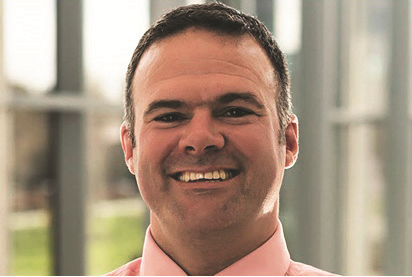
Company Chemists’ Association
NHS England’s plan to include six pharmacists in each primary care network by 2024 “doesn’t marry” with attempts to recruit into the profession, the Company Chemists’ Association (CCA) has warned.
Speaking to The Pharmaceutical Journal, Malcolm Harrison, chief executive of the CCA, said NHS plans to include up to six pharmacists in each network covering 50,000 patients are “great” as pharmacy “welcome[s] the opportunity to play a role”.
However, Harrison estimated that this will require 6,000 pharmacist positions to be filled, based on the assumption that 1,000 networks will be needed to cover the entire population of England. “That’s not just heads, that’s whole-time equivalents,” he added.
“We recognise there are up to 2,000 [people] currently in the GP pharmacist and care home pharmacist schemes that are funded by the integration fund, but it still leaves quite a big gap, so we’re keen to understand how community pharmacy can fill this role,” he warned.
“[NHS England] has earmarked £110m [in 2019] for recruiting clinical pharmacists and social prescribing link workers … and the reason they’re saying they’re starting with those two is because they estimate they can get supply.
“That doesn’t marry with our experience of trying to recruit and to retain pharmacists into workplaces.”
Harrison added that a “growing shortage of pharmacists” is already creating “hotspots in England where it is proving challenging to get pharmacists to cover shifts” in community pharmacy.
The National Pharmacy Association (NPA) expressed a similar concern that the NHS plan “intensifies the dilemmas faced by community pharmacy owners who invest in training and development only to see people migrate to general practice”.
“This is a risk that must be carefully managed, so that these new primary care workforce targets genuinely add to capacity,” the NPA added in a statement. “Investment in pharmacy-based support can deliver benefits for many more patients, conveniently and at lower cost than pharmacists deployed in GP surgeries.”
Commenting on the new five-year GP contract, Sandra Gidley, chair of the Royal Pharmaceutical Society English Pharmacy Board, said a workforce strategy is “urgently needed … to ensure pharmacists from every sector feel well equipped to deliver high quality healthcare”.
“Planning for this needs to account for capacity and capability, whilst maintaining the quality of current provision,” she added.
Harrison said that further details on the “clinical pharmacist” role are due to be published in March 2019, with the CCA involved in the NHS Future Clinical Workforce Pharmacy Working Group alongside Keith Ridge, the chief pharmaceutical officer for England.
He added that the working group aims to “underpin the model to make sure that what is a finite resource is applied in such a way that patients can get the best out of it”, ensuring a “sustainable future” for both community pharmacy and primary care.
Ridge had said in January 2019 that “a workforce implementation plan” would be published in 2019 and would be overseen by Health Education England, NHS England and the chief professional officers, including himself.


